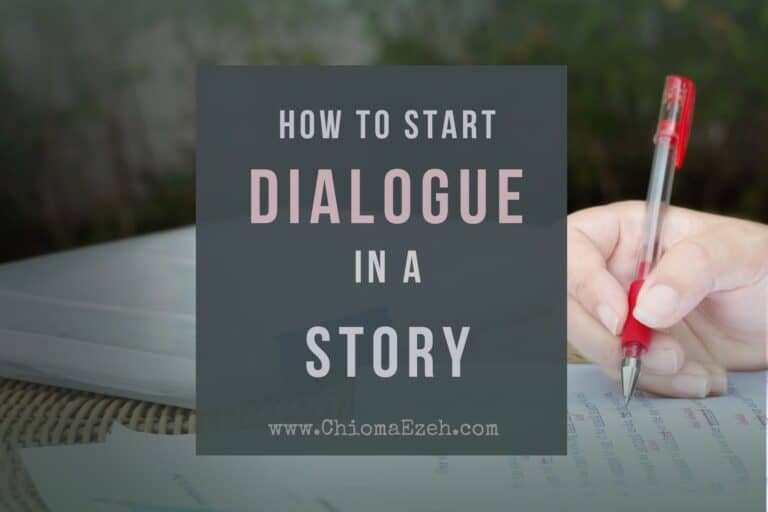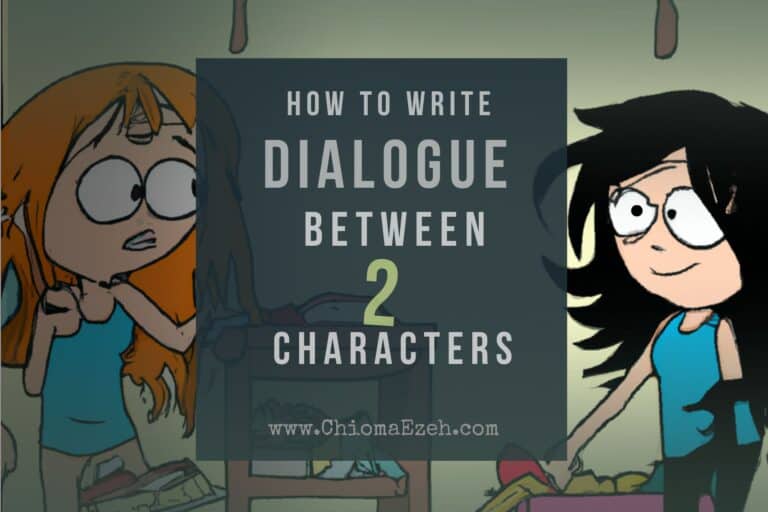Examples Of Tone In Writing
Tone is an important element of writing that can help to convey a message or emotion. It is often used in literature, but it also applies to other forms of communication such as emails, text messages, and even spoken words.
In this article, we will discuss examples of tone in writing and how to use them effectively. We will also provide some tips on how to create the right tone for your readers.
👉 For a more comprehensive overview, head over to our guide to Tone in writing for authors

Let’s Talk
Are you a writer aspiring to pen a masterpiece that never fails to captivate? Look no further. Reach out to us and uncover how we can help you to take your writing to unprecedented heights!

Examples of Tone In Writing
Authors and writers use different tones to communicate effectively. For example, some may be very formal and serious while others may be more casual and friendly. It all depends on the purpose of the message they are trying to get across.
There are different types of tones but all seem to stem from the 5 core ones:
- Formal or Academic Tone
- Technical or Informative
- Casual or conversational
- Mixed
- Persuasive
So, we will look at some examples based on these main types of tones. Below are some examples of tone in writing
Example 1: Formal Tone
Formal or Academic writing typically uses a formal, serious tone that is designed to provide facts and information in an authoritative way. Academic writers usually have a more objective approach and strive to present facts without injecting personal opinions.
Example: Mr. Josh, an academic writer may write:
“The head screwdriver has been a useful tool for many centuries, and its design has evolved throughout the years. This evolution has been shaped by technological advancements as well as cultural influences.”
This example also uses a formal, authoritative tone to communicate facts and information
Niches that benefit from formal/academic writing style include:
- History: The history of the American Revolution
- Politics: The impact of the current White House administration
- Sciences: Studying gravitational waves
- Medicine: Understanding how to treat cancer
Example 2: Informative Tone
Informative or Technical writers often use this same kind of voice since they are usually providing instructions or details on a particular topic. Technical writers show expertise on the subject and provide information that is concise, clear, and accurate.
Example: Mr. John, a technical writer may write:
“When using a Phillips head screwdriver, make sure to insert it firmly into the slot and turn it clockwise until it is properly secured.”
This tone clearly shows the author’s knowledge and expertise of the subject matter.
You can use this writing tone in:
- Tech: Writing user manuals
- Marketing: Explaining the Basics of SEO
- Health: Describing treatments for illnesses
- Lifestyle: Discussing healthy eating habits
- Finance: Investment strategies
Example 3: Conversational Tone.
A more casual voice can be used for fiction, parenting, self-help, or other pieces of writing that require a friendlier approach.
This kind of voice often uses humor, anecdotes, and personal stories to engage readers and make them feel comfortable.
Example:
“I’m sure we’ve all been in a situation where we couldn’t figure out what to do. I remember one time when I had to assemble some furniture and I just couldn’t get it right! After an hour of frustration, I finally got it together.”
This type of writing not only engages readers but also provides a sense of reliability.
It encourages readers to connect with the content on an emotional level and makes them more likely to share it.
Niches that use this writing style include:
- Parenting: Discussing strategies for dealing with difficult children
- Self-help: Exploring ways of becoming happier and more productive
- Lifestyle: Ideas on how to live a healthier lifestyle
- Relationships: Tips for building strong relationships with others.
Example 4: Mixed Tone.
Finally, there are also writers who use a combination of different writing voices in order to get their point across effectively. These writers often switch between formal and casual tones depending on the context of the piece and its purpose.
Example:
“It is important to understand the basic principles of physics in order to effectively assemble a bookshelf. But don’t worry if you’re feeling overwhelmed – take it step by step and you’ll be able to get it done!”
These writers incorporate both formal and casual voices into their writing and are able to communicate more effectively and connect with readers.
This writing style can work well in the following key niches:
- History: Exploring the past
- Business: Describing strategies for success
- Education: Teaching complex topics in an accessible way
- Science: Explaining scientific concepts in layman’s terms
No matter the type of writing you’re doing, you should remember that the tone you use has a major impact on how your audience perceives what you have to say.
It can be formal, casual, or some combination of both, but choose the one that best suits your message and will engage your readers effectively.
Example 5: Persuasive Tone.
Copywriting for marketing and advertising campaigns typically use persuasive language, such as power words, that help grab attention and convince readers to take action. This kind of writing needs to be interesting yet convincing at the same time.
Example:
“Don’t wait any longer, sign up for our service today and start experiencing the benefits of a smarter life!”
As an author, there are occasions when you’ll need to incorporate persuasive writing into your pieces.
This can be used to convince readers to take a certain action like buying your book, subscribing to your newsletter, or trying out a new product or service.
You can use visuals, humor, or storytelling elements to create content that is more likely to draw attention and ultimately get readers to take action – a technique often referred to as “conversion copywriting”.
👉 To learn more, see our guide on types of tone in writing
Writing voice vs writing tone
Writing voice and writing tone are two distinct aspects of writing that significantly contribute to the overall quality of a written work.
While voice is more permanent, referring to an author’s unique style and approach, tone can be adapted according to the context of the piece or audience being addressed.
Voice is an essential part of a writer’s identity—it’s what sets them apart from other authors and is largely determined by the writer’s own personality, interests, and style of expression.
A writer’s voice can be conveyed through language choices, syntax, sentence structure, dialogue, and narrative perspective. As such, it should remain consistent throughout a given piece in order to create cohesion and authenticity in the work.
On the other hand, while it is also important to maintain a consistent tone throughout any given piece, this can be adapted or modified as needed to suit different contexts or audiences.
Tone can express emotions and attitudes that align with the author’s point of view, such as authority, lightheartedness, irony, humor, or seriousness.
Tone is also closely tied to the overall mood of a piece, as it can use language and storytelling devices to create feelings of tension, suspense, excitement, or comfort.
👉 To learn more, read our full guide on tone vs voice in writing
Final Notes on Examples of Tone In Writing
Tone in writing can be a powerful way to convey the message you want your readers to receive. It is important for writers to pay attention to their tone when crafting pieces. Understanding how different tones affect readers and using this knowledge effectively could take any piece of writing from good to great.
If you are struggling with finding the right tone for your audience, consider consulting with an experienced writer who can help guide you in creating effective content tailored specifically for your target audience. You can reach out to us; send a message for our expert guidance.




![Types of Audiences In Writing [Explained]](https://chiomaezeh.com/wp-content/uploads/2023/02/Types-of-audiences-in-writing-768x512.jpg)
![What Are The 10 Rules Of Dialogue Punctuation? [Mandatory]](https://chiomaezeh.com/wp-content/uploads/2023/03/rules-of-dialogue-punctuation-768x512.jpg)
